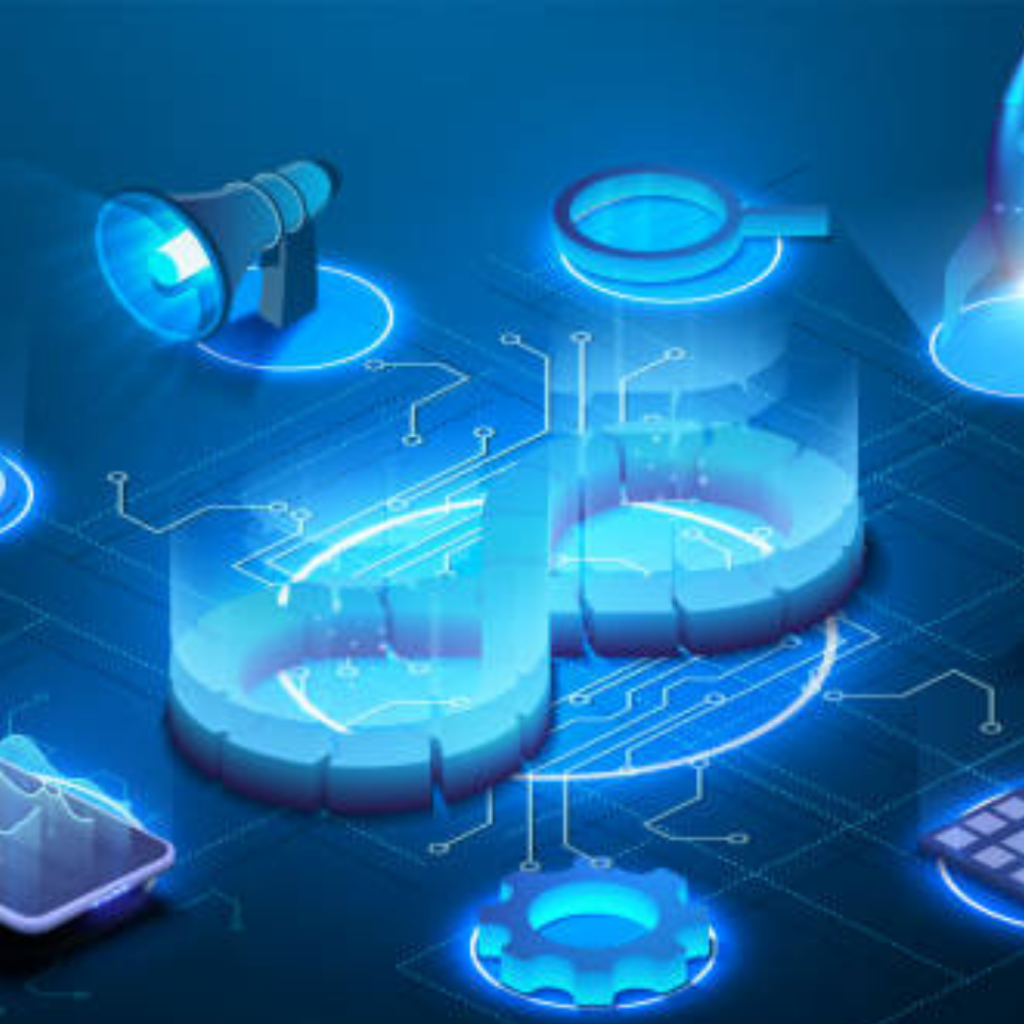Surfing the DevOps New Wave Adopters

Insurance technology is constantly getting better and stronger. Yet people continue to make simple mistakes that can undermine the best laid plans of developers and IT men and women. That means there will always be the potential for threat actor to attempt ‘brute force’ systems attacks to try and find passwords. Because technology is becoming more sophisticated, they can do that quicker.
A brute force attack is a hacking method that uses trial and error to crack passwords, login credentials, and encryption keys. It is a simple yet reliable tactic for gaining unauthorised access to individual accounts and organisations’ systems and networks. The name “brute force” comes from attackers using excessively forceful attempts to gain access to user accounts. Despite being an old cyberattack method, brute force attacks are tried, tested, and remain a popular tactic with hackers.
The attacks are becoming more sophisticated. It is a constant battle, to keep up with these trends and ensure your systems are fully secured. That is why software updates are so important, but it remains the case that companies forget to keep their software updated. Hackers can then exploit vulnerabilities because of that.
DOCOsoft approach to DevOps
DOCOsoft’s approach to DevOps has certainly come on a long way from the days when we first started to bring in source control so we could track the history on files as they changed and as the code changed. Then we started bringing in code review policies to allow more senior people to review it.
When I joined the business, with a brief to introduce best in class DevOps capability, we had already started bringing in this idea of automated builds, so you make a check in and then it builds the project. You could take that built project and deploy it onto a customer server. What I feel would be one of the biggest contributions I brought to the company was to move us over to the Microsoft Azure DevOps ecosystem whose benefits we outlined in a previous blog.
It providesaplanning board, to allow the dev team, test team, business analysts and project managers to collaborate on and track all work.It also providesan automated build process, which can lay the foundations of a future DevOps strategy that is agile and geared to allow a claims team, for example, to compete well in today’s Future at Lloyd’s environment and mindset.
Future of DevOps
To understand the potential impact of DevOps and modern technologies on the insurance industry, the claims department is a good place to start. The disruption of the traditional insurance model is happening, and changes to ClaimsTech sparked by inexperienced players are being ushered in by a second wave of DevOps adopters.
Risk management in claims and insurance will be key to future DevOps strategies. The nature of the tools used to evaluate risk on both the Development and Operations sides may be up for debate bit it will be important to have a strategy that fosters collaboration across insurance silos. This will be important because of the complexity and interconnected nature of IoT products and the data they generate, which will only grow in scale and importance. The rate of technology adoption will have to increase at a similar rate.
We are already getting to the stage where insurance customers can compare policies and purchase certain policies without needing to interact with a human. AI bots can collect the information needed and return a policy instantly. SaaS applications can upload pictures and descriptions of damage and that technology will feed into claims teams’ investment calculations. Using advanced AI, existing data, and up-to date weather analysis, software will approve low value claims without human judgement and even very high value claims in the not-too-distant future.
Insurance in the Cloud
The response to this new and complex claims environment is leading to increased cloud adoption among insurers. That will only increase as they process more data collected by IoT devices. The next step is sourcing actionable business intelligence from those data insights. DevOps processes will underpin an application lifecycle that drives innovation while retaining the agility to respond to new claims challenges in today’s increasingly competitive marketplace.
Customer-centricity is key to building market-share and retaining current clients, so we need to make engagements with clients as easy as possible. An insurance claims ecosystem-based approach that is interconnected will be vital.
Customers expect new platforms and features to be always available and consistently updated with new services and features. DOCOsoft is therefore acutely aware that it will need to release software updates rapidly, without disrupting current services. DevOps methodologies and tools will need to be adopted to maintain viability in a drastically changing market.
Respond in Seconds, Not Months
The DOCOsoft DevOps environment is one where software changes can be created, tested, approved, and released at pace. Continuous Delivery pipelines that mirror the real world are the future for our business. These will take advantage of automation tools. It is exciting to imagine a not-too-distant future in which mature DevOps teams release approved code in seconds, not months.
To get there, however we will need to combine the best of automation and human interaction. The result will be a better customer experience, with automation that saves time and money, free from human error. Key personnel can then dedicate more time to adding value to the organisation.
The methodology of DevOps and innovation must have buy-in at the highest levels of the organisation, but it will require a willingness to walk away from processes and procedures that have worked in the past. That is the road that the insurance market is committed to walking down and DOCOsoft looks forward to being your DevOps partner of choice going forward.
